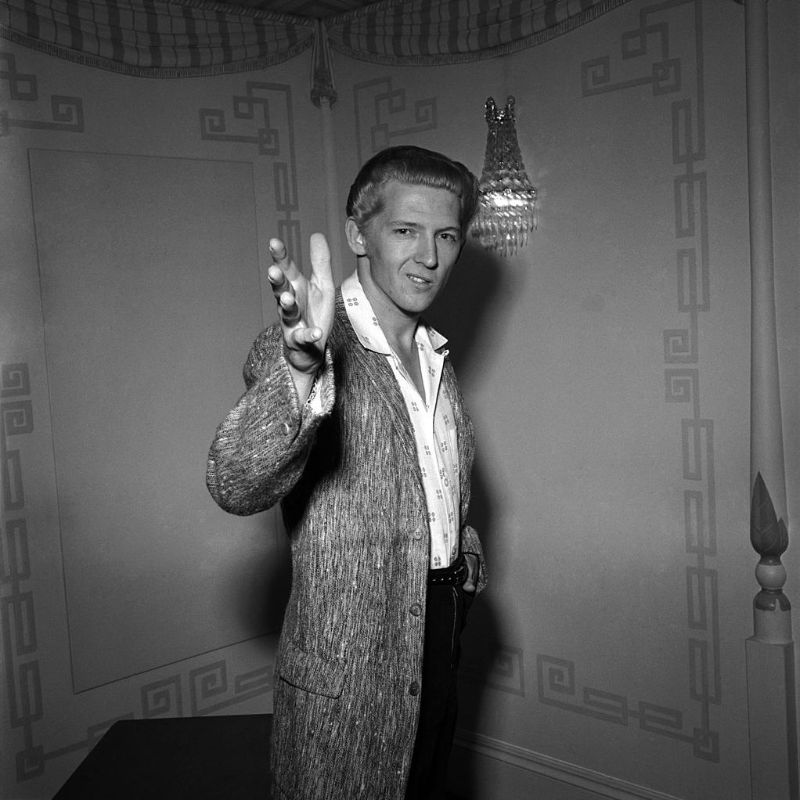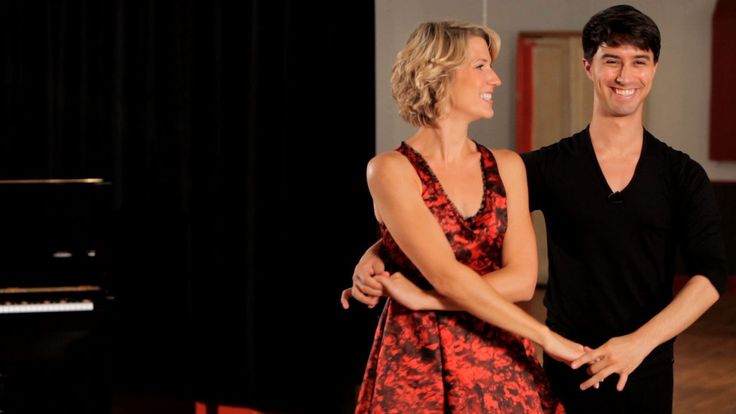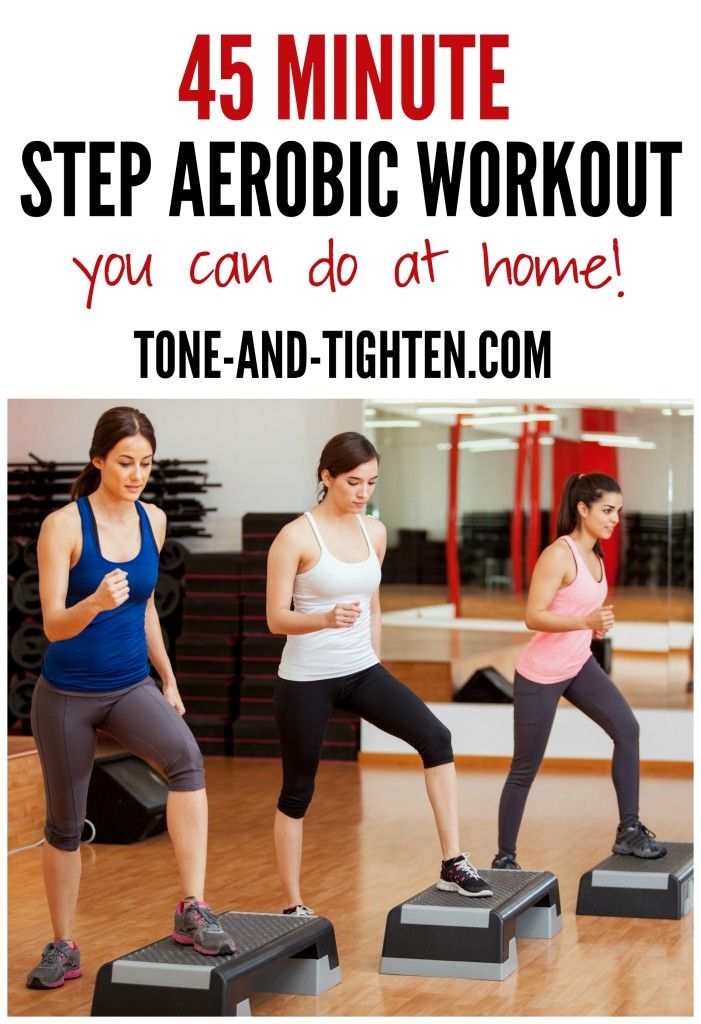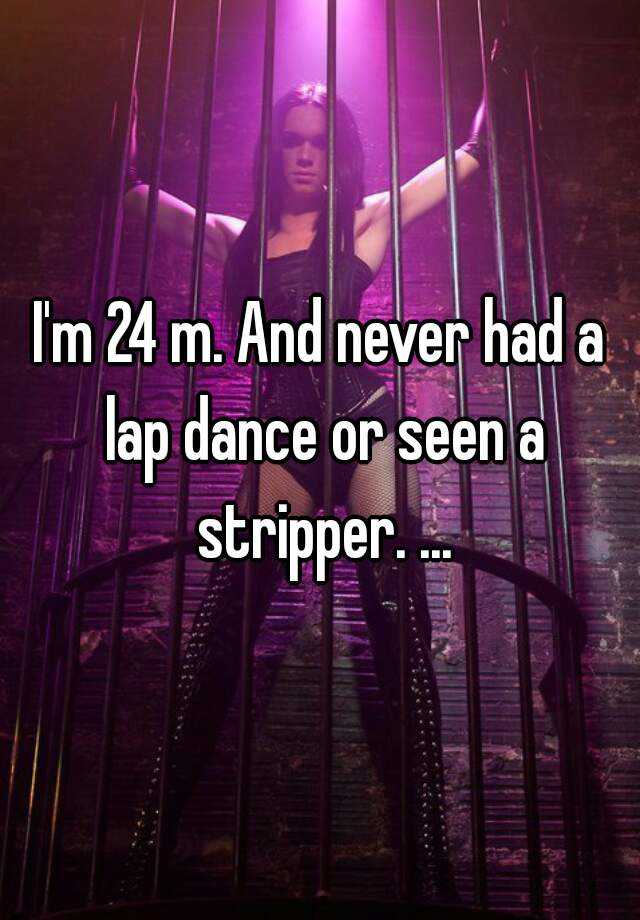How many calories do you burn dancing
Calories Burned Dancing Calculator – Fitness Volt
Fitness Calculator
Fact Checked
Fact Checked
This article was written by one of our qualified writers, and fact-checked by our experts. The numbers in parentheses (e.g. 1, 2, 3, etc.) throughout the article, are reference links to peer-reviewed studies.
Our team of experts include a board-certified physician, nutritionists, dietitians, certified personal trainers, strength training experts, and exercise specialists.
Read Our Editorial Process
How many calories do you burn with Dancing?
This calculator calculates the calories burned doing many different types of dancing. The average person will burn 300-800 calories dancing depending on what type of dancing they do and how much effort they use.
ImperialMetric
WeightWeight in Pound
Choose Dancing ActivitySelect Activity1. Aerobic dance wearing 10-15 lb weights2. Aerobic, general3. Aerobic, high impact4. Aerobic, low impact5. Aerobic, step, with 10 - 12 inch step6. Aerobic, step, with 4-inch step7. Aerobic, step, with 6 - 8 inch step8. Anishinaabe Jingle Dancing9. Ballet, modern, or jazz, general, rehearsal or class10. Ballet, modern, or jazz, performance, vigorous effort11. Ballroom dancing, competitive, general12. Ballroom, fast13. Ballroom, slow14. Bench step class, general15. Caribbean dance16. Ethnic or cultural dancing17. General dancing18. Tap
Selected Activities
If you would like to use this calculator on your website or blog you can simply embedded this calculator in one click. Use the below "Generate Code" tool to get the embedded code.
How to Use Dancing Calculator
To use this calculator all you have to do is put in your weight, and the time spent doing the activity, after that you will find the specific exercise that you spend time doing. Here are the step-by-step instructions.
Here are the step-by-step instructions.
- Choose your unit of measurement – metric (kilograms) or imperial (pounds)
- Enter your weight
- Select the specific dancing activity, add the number of minutes you spent rowing
- Hit Calculate
You should now see approximately how many calories were burned while dancing.
How The Calculator WorksThis calculator uses something called the MET formula, which uses what is called MET (metabolic equivalent) values. This formula calculates the approximate calories burned for various physical activities. How many calories you burn will vary because of things like muscle mass, age, sex, or other external factors affecting calorie expenditure.
METMet values are values that rate the calories burned doing various activities, and are used in the MET formula.
A MET is the ratio between your resting metabolic rate relative to your active metabolic rate.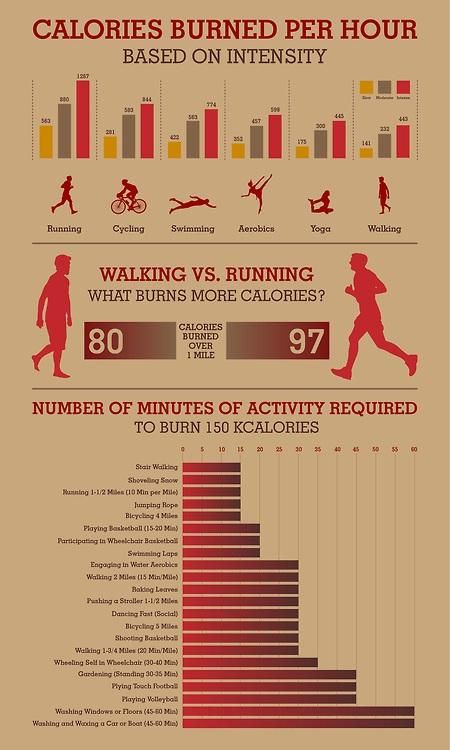 Your resting metabolic rate (RMR) is the same thing as your basal metabolic rate (BMR), they both measure the energy expended at rest, when your body is not actively digesting. Your active metabolic rate is the energy expended on a daily basis, including your resting metabolic rate.
Your resting metabolic rate (RMR) is the same thing as your basal metabolic rate (BMR), they both measure the energy expended at rest, when your body is not actively digesting. Your active metabolic rate is the energy expended on a daily basis, including your resting metabolic rate.
Activities rated with MET values are typically called tasks, and the higher the MET of a task, the more calories are burned.
A task with a MET of 1 burns as many calories as your resting metabolic rate. A task with a MET of 5 burns 5 times as many calories as a task with a MET of 1, or expends 5 times as much energy as your resting metabolic rate.
Your body uses 3.5 ml of oxygen per minute per kilogram of body weight. This number is used in the MET formula. The amount of oxygen your muscles use can be calculated by yourself by multiplying 3.5 ml by your bodyweight in kilograms.
FormulaTotal Calories burned in 1 minute = (3. 5 x MET x body weight in kg)/200
5 x MET x body weight in kg)/200
A person weighing 150 pounds will burn 558 calories doing general dancing per hour.
- Calories burned (per minute) = (body weight in kg x MET x 3.5) / 200
The formula to calculate the calories a 150-pound person will burn per hour doing general dancing will look like this –
- (68.0389kg x 7.8 x 3.5) / 200 = 9.28730985 Calories burned per minute of general dancing
In order to calculate the number of calories that were burned in one hour of dancing, you must multiply the number of calories burned per minute by 60 minutes.
- Calories per hour burned = 9.28730985 x 60
So, 558 calories per hour will be burned per hour of dancing.
ResultsA 150-pound person will burn 558 calories per hour of doing general dancing. A 150-pound person will also burn 9.3 calories per minute doing general dancing.
Dance is a performing art such as drama and music that consists of movements in a sequence to convey elegance or to have aesthetic or symbolic value.
There are several types of dancing, ranging from different cultures and from different historical periods. There are also different types of genres of dancing, such as ballroom, martial, or hip-hop.
Dancing is used in various other performing arts, such as plays that use dancing and musical numbers, which are called musicals, and cheerleading, or martial arts.
Dancing is generally a performance done to music that is practiced by one or many people. A dance routine that is practiced and remembered in a certain way is called a choreographed dance.
Some dance types such as tap dancing and ballroom dancing use music as a compliment instead of as a product of the sound because the dancing is meant to be shared with others, by dancing with partners and performing with them or for them.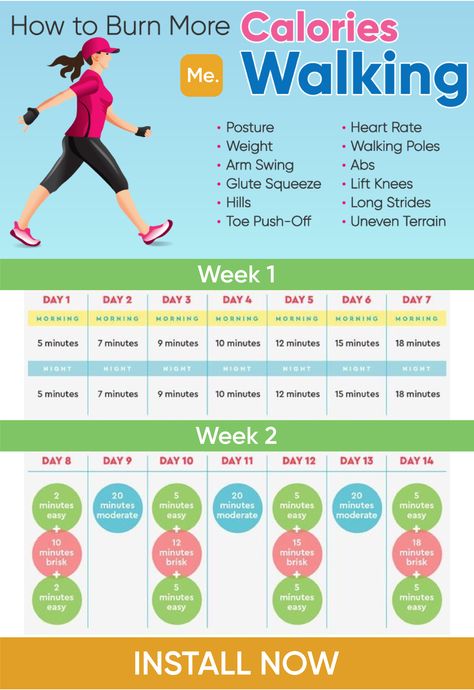
Some dance styles like pole dancing and belly dancing are done recreationally to display a romantic gesture, or just as a fun physical activity many men and women take classes to do. This style of dance is also very physically demanding and takes a high level of fitness to be good at.
Does Dancing Burn a Lot of Calories?
Dancing is an excellent way to burn calories. Dancing uses all the muscles in the body and takes a lot of movement with the lower body and hands to do the movements.
Dancing can raise the heart rate and be high intensity and challenging. Dancing can also be slow-paced such as slow dancing and ballroom dancing is.
Slow-paced dancing will take more focus but is less challenging physically and more difficult to do things like balance and develop your own style of dance.
What Type of Dancing Burns the Most Calories?
The style of dancing depicts the calories that you burn while dancing. The styles of dancing that will burn the most calories are hip hop dancing, Samba, Salsa, and Swing.
Hip-hop dancing is very high energy and uses all kinds of flexibility, muscles, and especially strong legs, arms, and core to do hip-hop dances. Especially for hip-hop dances like break dancing.
Hip-hop dancing requires increased flexibility and great physical fitness to do. The entire body is used in hip hop dancing, unlike other types of dancing like tap dancing where only the feet are used to create the rhythm and do the dancing.
The fast-paced nature of hip-hop dancing can burn 200+ calories in as little as just half an hour. If you want to burn extra calories with hip-hop dancing, you can learn extra moves in your free time and use your free time to improve your dancing and burn calories.
Dancing styles such as ballet and swing also burn many calories. Ballet is a difficult dance to get into and uses extremely strong feet and resilience to get good at it. Ballet training is very intensive and is high impact.
You will focus on great form more than anything with ballet dancing, and it requires a large space to practice, just like hip-hop, Salsa dancing, and Swing.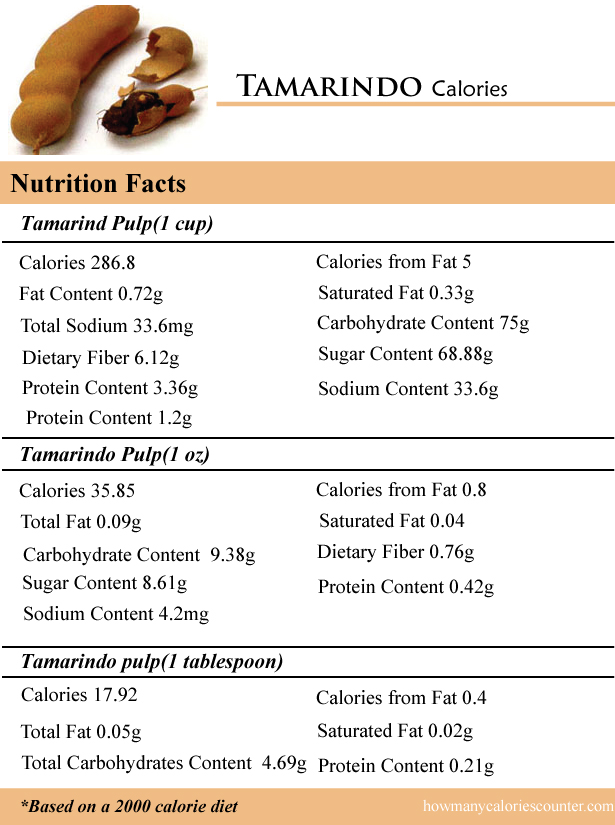
| Type of Activity | MET | Calories Burned |
|---|---|---|
| Ballroom, slow | 3 | 215 |
| Caribbean dance | 3.5 | 251 |
| Ethnic or cultural dancing | 4.5 | 322 |
| Tap | 4.8 | 344 |
| Ballet, modern, or jazz, general, rehearsal or class | 5 | 358 |
| Aerobic, low impact | 5 | 358 |
| Aerobic, step, with 4-inch step | 5.5 | 394 |
| Ballroom, fast | 5.5 | 394 |
| Anishinaabe Jingle Dancing | 5.5 | 394 |
| Ballet, modern, or jazz, performance, vigorous effort | 6.8 | 487 |
| Aerobic, general | 7.3 | 523 |
| Aerobic, high impact | 7.3 | 523 |
| Aerobic, step, with 6 – 8 inch step | 7.5 | 537 |
| General dancing | 7.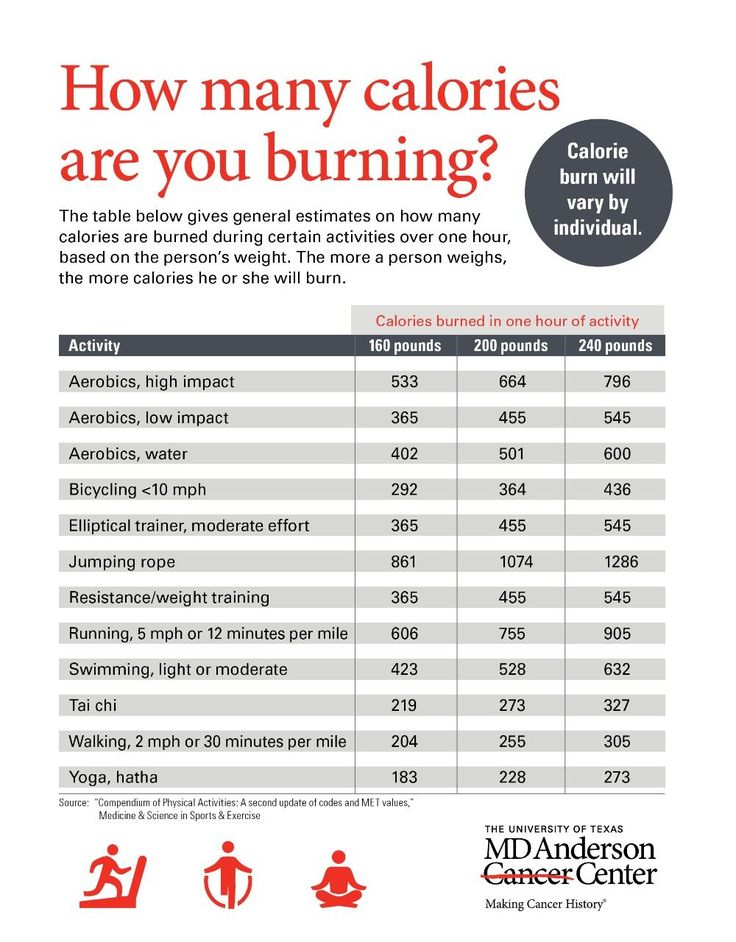 8 8 | 558 |
| Bench step class, general | 8.5 | 609 |
| Aerobic, step, with 10 – 12 inch step | 9.5 | 680 |
| Aerobic dance wearing 10-15 lb weights | 10 | 716 |
| Ballroom dancing, competitive, general | 11.3 | 809 |
How to Increase the Calorie Burn While Dancing
Dancing should be a fun exercise and physical activity that you really enjoy. If you enjoy dancing, you will be less reluctant to practice and improve on a regular basis.
You can increase the calories burned while dancing can be increased by dancing more intensely, or for longer.
If you make dancing a full body workout then you will burn more calories and gain strength to improve your dancing ability. The better you get at dancing, the more calories you will burn in turn.
To do this you must increase the time you spend dancing, which can mean increasing the times per week you go to dance classes, staying for longer, or practicing at home.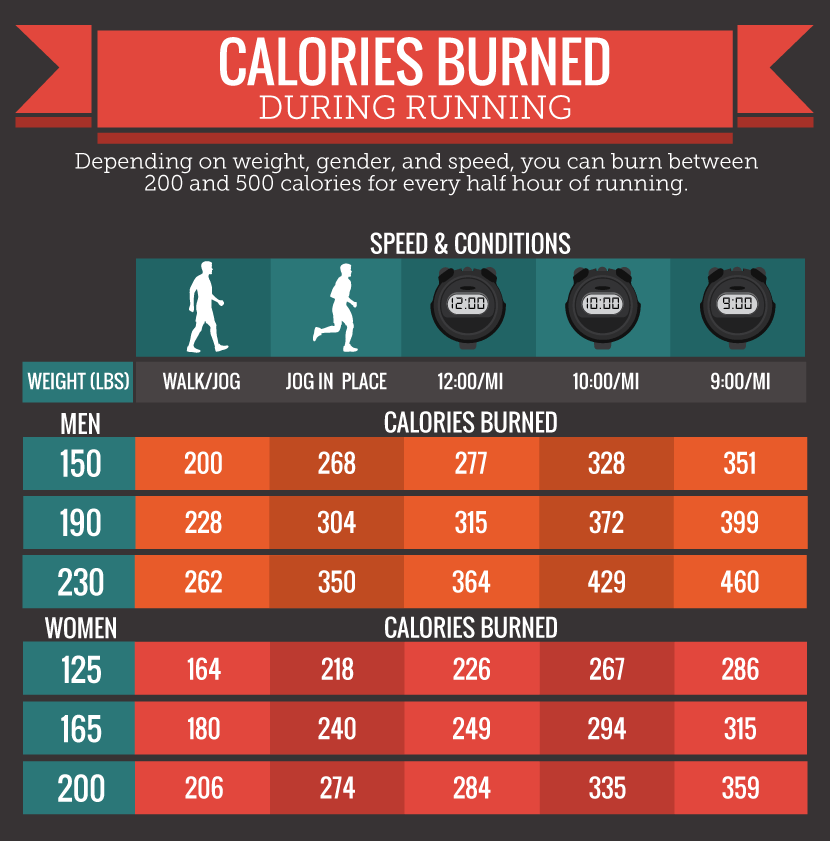
Try out our other calorie-based calculators below.
- Calories Burned Pilates
- Calories Burned Yoga
- Calories Burned Walking
- Calories Burned Running
- Calories Burned Hiking
- Calories Burned Elliptical
- Calories Burned Weightlifting
- Calories Burned Jump rope
- Calories Burned Playing Badminton
- Calories Burned Backpacking
- Calories Burned Chopping Wood
- Calories Burned From Archery
- Calorie Deficit Calculator
The average person will burn 300-800 calories dancing depending on what type of dancing they do and how much effort is put in. There are several types of dancing you can do, and they all can contribute to your weight loss if you are consistent with your dancing and your diet.
If you want to get the most out of your weight loss journey, tracking the calories you consume and the calories you burn will help you lose weight faster and healthier.
You can use this calculator to keep track of the calories that you burn and be more accountable for the methods you use to lose weight. Whether you dance, run, or just lift weights, tracking the calories you consume and burn will help you out more than the workout itself, if weight loss and better health are the goals.
References:- What is dancing: https://en.wikipedia.org/wiki/Dance
- What are performing arts: https://en.wikipedia.org/wiki/Performing_arts
- Can you lose weight with dancing: https://www.healthline.com/health/dancing-to-lose-weight
- Jetté, M.; Sidney, K.; Blümchen, G. (1990-08). Metabolic equivalents (METS) in exercise testing, exercise prescription, and evaluation of functional capacity. Clinical Cardiology. 13 (8): 555–565. doi:10.1002/clc.
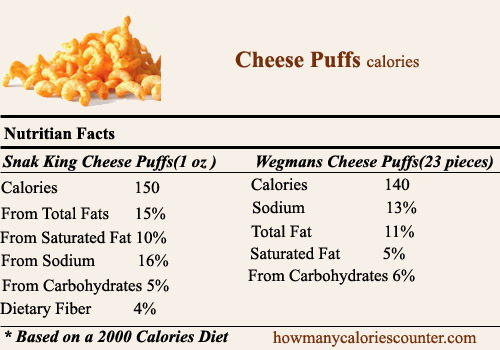 4960130809.
4960130809. - Ainsworth BE, Haskell WL, Herrmann SD, Meckes N, Bassett Jr DR, Tudor-Locke C, Greer JL, Vezina J, Whitt-Glover MC, Leon AS. The Compendium of Physical Activities Tracking Guide. Healthy Lifestyles Research Center, College of Nursing & Health Innovation, Arizona State University.
- Recommendations on physical activity for health from the Harvard School of Public Health and WHO global recommendations on physical activity for health (updated): https://www.who.int
For the latest news and updates please follow us on YouTube, Instagram, Facebook and Twitter.
Categories: Fitness Calculator Tools
Tom Miller, CSCS
Tom is a professional content strategist who loves to write about health and fitness, he is a certified strength and conditioning specialist (CSCS) additionally an expert crap shooter, qualified bro scientist, unmatched at being the best lifter in my local gym.
Calories burned dancing calculator | Calculator Pack
There many forms of dance by which one can burn calories.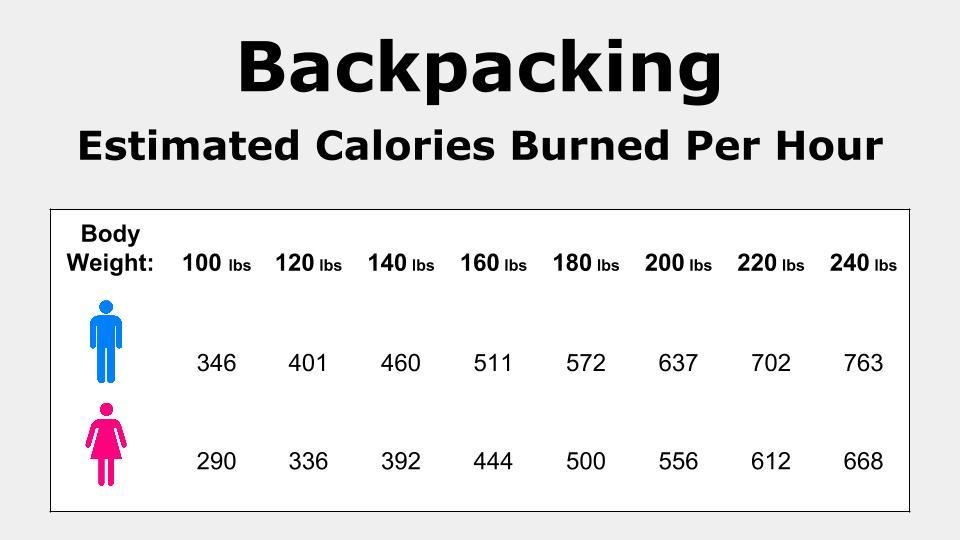 It is a one kind of exercise. Although a dancer must need to maintain a balanced body if you are a dancer or practicing dance you can check how much calories you burn per hour or in total segment. Use our following calories burned dancing calculator. Giving all the required data you will get a result. In a normal form of dance a person with 180 pounds can burn near 200 calories in 30 minutes.
It is a one kind of exercise. Although a dancer must need to maintain a balanced body if you are a dancer or practicing dance you can check how much calories you burn per hour or in total segment. Use our following calories burned dancing calculator. Giving all the required data you will get a result. In a normal form of dance a person with 180 pounds can burn near 200 calories in 30 minutes.
Calories burned dancing calculator
Enter your weight and Total time of dancing
Your Weight
Weight
Weight Unit
Unit
Select UnitKglbs
>
Total Hours (Enter 0 If Value is None)
Total Minutes (Enter 0 If Value is None)
Minutes
Select type of activity from the below list
Select Activity
Select Type of ActivityBallroom, slowCaribbean danceEthnic or cultural dancingTapBallet, modern, or jazz, general, rehearsal or classAerobic, low impactAerobic, step, with 4-inch stepBallroom, fastAnishinaabe Jingle DancingBallet, modern, or jazz, performance, vigorous effortAerobic, generalAerobic, high impactAerobic, step, with 6 - 8 inch stepGeneral dancingBench step class, generalAerobic, step, with 10 - 12 inch stepAerobic dance wearing 10-15 lb weightsBallroom dancing, competitive, general
Calories burned dancing calculator
A calories burned dancing calculator is a tool that can be used to estimate the number of calories burned while dancing.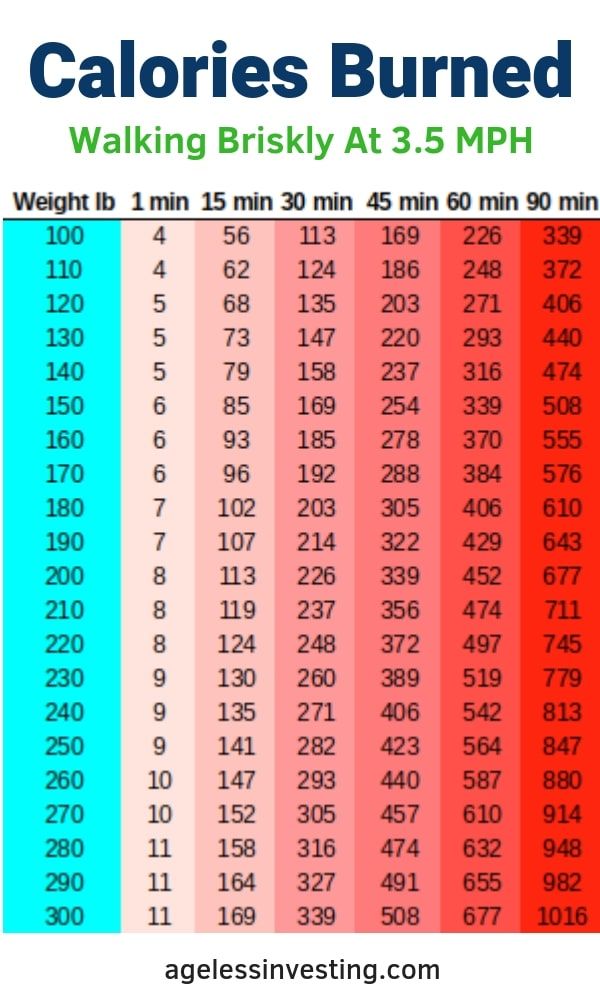 The calculator takes into account the intensity of the activity, the duration of the activity, and the person's weight to estimate the number of calories burned.
The calculator takes into account the intensity of the activity, the duration of the activity, and the person's weight to estimate the number of calories burned.
How to use a calories burned dancing calculator?
There are many ways to use a calories burned dancing calculator. One way is to use it to estimate the number of calories you will burn while dancing. This can be helpful if you are trying to lose weight or maintain your current weight.
Another way to use a calories burned dancing calculator is to use it to set a goal for yourself. For example, you may want to burn 500 calories while dancing. This can be a great way to motivate yourself to keep dancing.
Finally, you can also use a calories burned dancing calculator to track your progress. This can be helpful if you are trying to increase the amount of calories you burn while dancing. By tracking your progress, you will be able to see how well you are doing and make necessary changes to your routine.
How to calculate the calories are burned by dancing
Dancing is a great way to exercise and burn calories.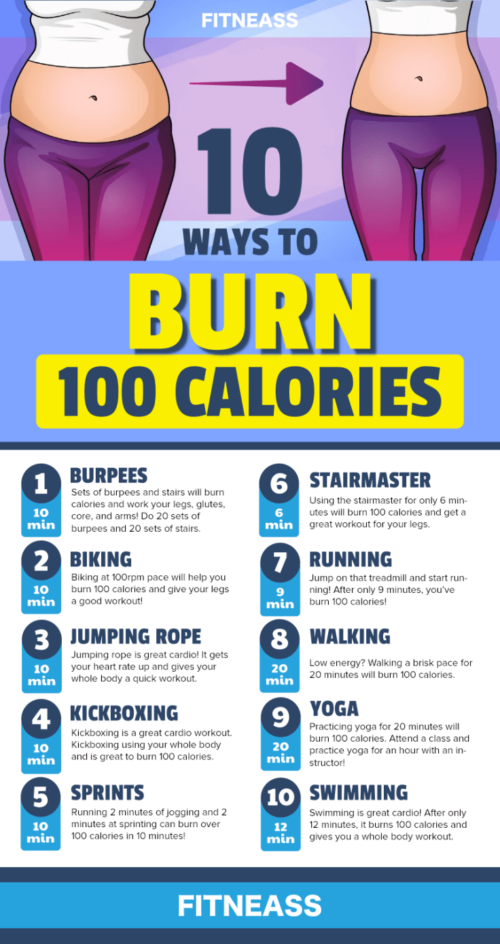 To calculate how many calories you are burning while dancing, you will need to know your weight and the duration of your dance session.
To calculate how many calories you are burning while dancing, you will need to know your weight and the duration of your dance session.
For example, a 150-pound person will burn approximately 4 calories per minute of moderate dancing, or 8 calories per minute of vigorous dancing. So, if you dance for 30 minutes, you would burn 120 calories from moderate dancing, or 240 calories from vigorous dancing.
Benefits of dancing
There are many benefits to dancing, including physical, mental, and social benefits.
Physical benefits of dancing include improving muscular strength and endurance, improving flexibility and coordination, and improving cardiovascular fitness. Dancing can also help to prevent or manage various health conditions, such as obesity, heart disease, and diabetes.
Mental benefits of dancing include reducing stress, improving brain function, and boosting mood. Dancing can also help to improve memory and reduce the risk of developing dementia.
Social benefits of dancing include providing a way to meet new people, improving social skills, and promoting social cohesion.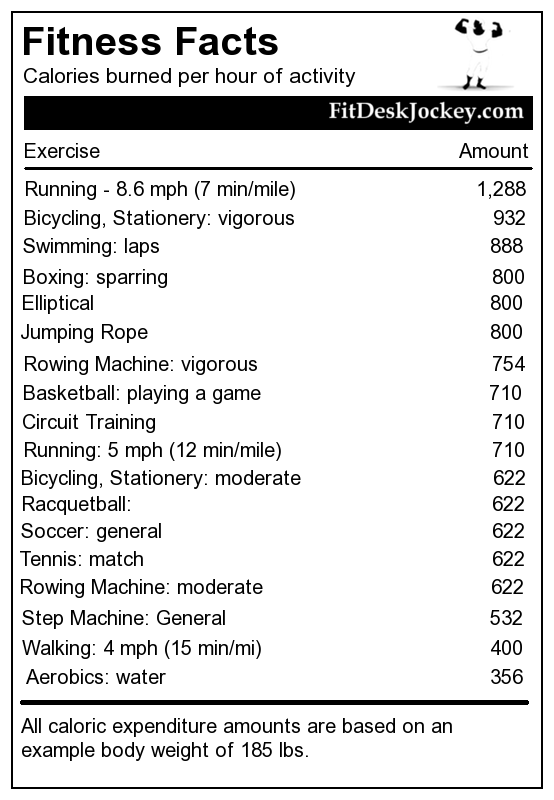 Dancing can also help to reduce social isolation and loneliness.
Dancing can also help to reduce social isolation and loneliness.
Types of dancing
Dancing is an activity that can be enjoyed by people of all ages and abilities. There are many different types of dancing, each with its own style and steps. Some popular types of dancing include:
-Ballet is a type of dancing that is performed by trained dancers in a theater setting.
-Jazz is a type of dancing that is characterized by its fast-paced, energetic movements.
-Tap is a type of dancing that is performed by using your feet to create rhythmic sounds on a hard surface.
-Hip hop is a type of dancing that is often performed to hip hop music. It is characterized by its fast and often aggressive movements.
-Line dancing is a type of dancing that is often performed in groups. It is characterized by its simple, repetitive steps.
How many calories are burned by dancing?
The number of calories burned by dancing varies depending on the intensity and duration of the dance. For example, a person who is dancing vigorously for 30 minutes can expect to burn approximately calorie.
For example, a person who is dancing vigorously for 30 minutes can expect to burn approximately calorie.
How long does it take to burn calories by dancing?
It takes varying amounts of time to burn calories by dancing, depending on the intensity of the dance and the weight of the person. A light dance such as ballroom dancing may only burn around 200 calories in half an hour, while a more vigorous dance such as hip-hop dancing can burn up to 400 calories in the same amount of time.
How many calories can be burned by dancing in one hour?
A person can burn anywhere from 200 to 600 calories in one hour of dancing, depending on the intensity and type of dance.
How many calories are burned per hour of dancing
How to dance to lose weight and get rid of cellulite
loading ...
Do you think you can lose weight only if you deprive yourself of delicious food and regularly torture your body in the gym? You are wrong - you can lose weight with pleasure! For example, dancing.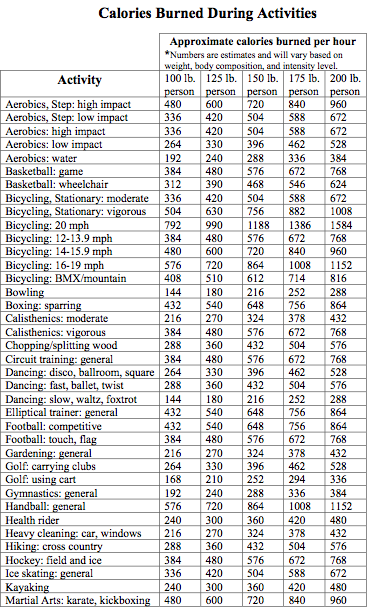
Dancing is one of the most affordable and enjoyable ways to keep yourself in great shape. Dancing classes allow not only to get rid of fat folds and tighten muscles. Rhythmic movements improve flexibility and coordination of movements, strengthen immunity, speed up metabolism, promote the breakdown of fat and get rid of cellulite. During dance, the body produces the hormone of happiness - endorphin. So a charge of vivacity and positive is guaranteed!
It remains to find out: how many calories does dancing burn and how does dancing save cellulite? We will talk about this further.
Dancing for weight loss: how many calories can you burn in a workout?
Psychologists say dancing is one of the best weight loss methods!
Everything is simple here: more activity - more calories burned, a bonus - a lot of positive emotions.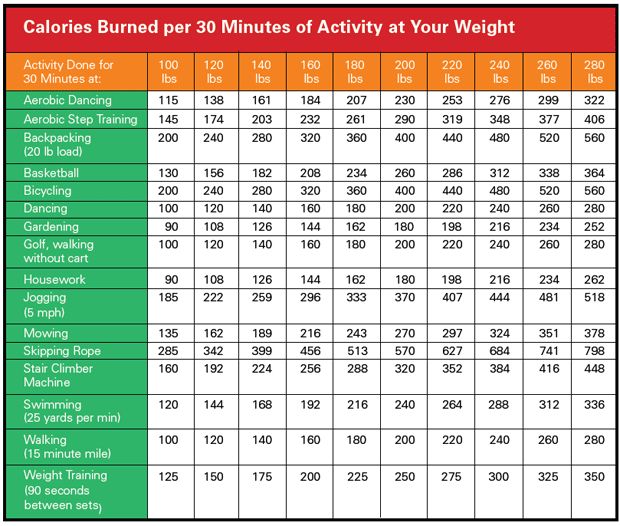 A positive attitude in the process of weight loss is very important.
A positive attitude in the process of weight loss is very important.
And so, our selection of the 10 most popular dance styles: 1)
Ballet - 700-750 kcal/hour You can burn about 750 kcal per workout doing classical steps. And in order to look graceful, the trainer will also recommend reducing daily calories to a minimum.
2) Hip-Hop - up to 750 kcal/hour The main elements and techniques of this style are: body swing, jumps, falls, spins and light acrobatic movements.
3) Reggaeton - up to 700 kcal/hour Sharp movements involve all muscles, high-quality cardio load strengthens the heart muscle and “accelerates” the blood. During the dance, the legs, hips and buttocks are strengthened, giving the forms a piquant roundness;
4) Jazz-modern - up to 650 kcal/hour This "mixture" of elements of classical ballet, ballroom dancing, tap, break and other styles is attractive in that it heavily loads almost all muscle groups, and this is extremely important in the process weight loss;
5) Zumba - 525 kcal/hour Zumba is a dance fitness program that combines fitness exercises and movements from Latin American dances.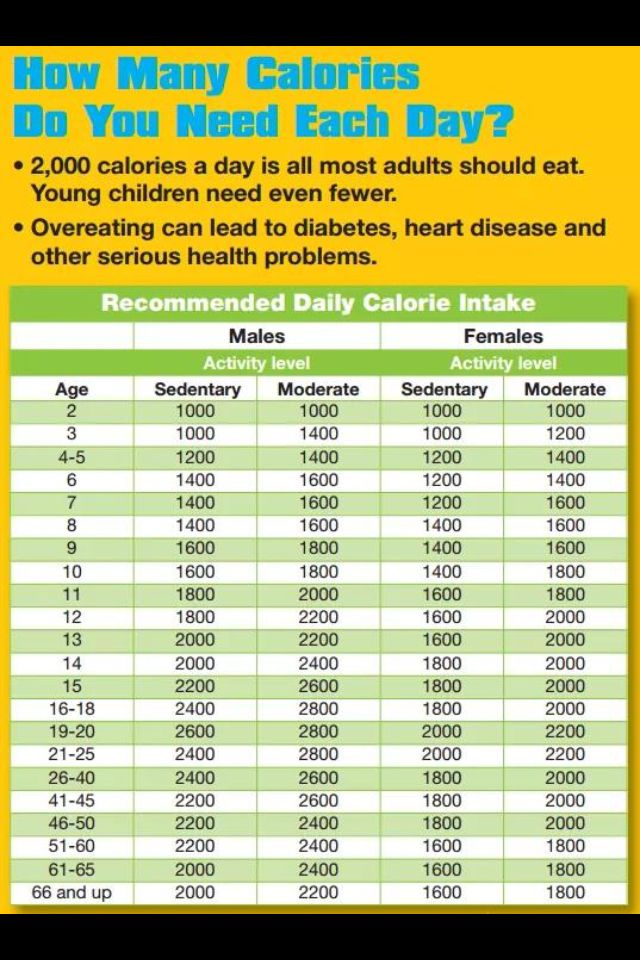
6) Pole dance (plastic strip) 500 kcal/hour Combines cardio, stretching and strength training at the same time. Almost all muscle groups are involved. The main load falls on the legs, stomach, back and buttocks.
7) Twerk - 500 kcal/hour Twerk is a very erotic dance whose roots can be found in American southern rap. The dance actively works out the legs and hips, and also increases the density of the tissues of the pelvic bone, which helps to avoid osteoporosis.
Latina - 450-500 kcal/hour Latina is a common name for many areas of Latin American dances, such as mamba, bachata, jive, rumba, cha-cha-cha and others. All of them are united by the fact that the dance is based on energetic movements that actively help fight excess weight.
9) Belly dance or oriental dances - 300-400 kcal/hour Perhaps this is the most feminine dance of all possible fitness areas and, at the same time, the most uncomplicated in terms of choreography. It is difficult to overestimate the benefits of oriental dances, especially for women: while doing belly dancing, you actively shake your hips, as a result of which blood circulation increases in the pelvic organs. This helps to restore the functioning of the ovaries, and also has a beneficial effect on the uterine mucosa. With the help of oriental dance, spasms during the menstrual cycle are reduced.
It is difficult to overestimate the benefits of oriental dances, especially for women: while doing belly dancing, you actively shake your hips, as a result of which blood circulation increases in the pelvic organs. This helps to restore the functioning of the ovaries, and also has a beneficial effect on the uterine mucosa. With the help of oriental dance, spasms during the menstrual cycle are reduced.
10) Contemporary – up to 400 kcal/hour Contemporary is a dance direction, consisting of many different techniques and styles. It is based on classical dance, modern and oriental techniques - qigong, yoga, taijiquan.
As you can see, dancing is a great helper in the process of losing weight. The main thing to remember is that it is important not only to reduce, but also to keep weight. An important factor that helps not to gain extra pounds is a fast metabolism, which can only be achieved with the help of a power load. Dancing is first and foremost a cardio workout. Therefore, do not forget to add strength exercises to them 2-3 times a week to achieve a really high-quality result!
The main thing to remember is that it is important not only to reduce, but also to keep weight. An important factor that helps not to gain extra pounds is a fast metabolism, which can only be achieved with the help of a power load. Dancing is first and foremost a cardio workout. Therefore, do not forget to add strength exercises to them 2-3 times a week to achieve a really high-quality result!
Burning calories by dancing
Dancing is an aerobic exercise, during which the body is saturated with oxygen and actively burns fat in muscle tissue. This is a very simple and affordable way to get a toned figure and smooth skin without signs of cellulite. You don’t need any special equipment (except for half-dance) and you don’t need to drag yourself through the whole city to a sports club either. You can dance at home, and on vacation, and wherever you are in the mood to warm up.
The number of calories burned while dancing depends on your weight, age and duration of the class.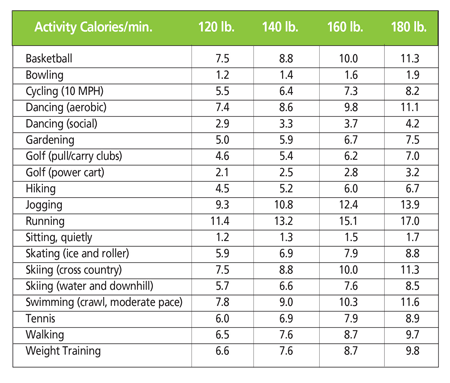 On average, a dancer weighing 50 kg burns about 250 calories per hour of moving to music. With a weight of 75 kg, the body will spend 390 calories, and with a weight of 115 kg - already 580 calories per hour of exercise.
On average, a dancer weighing 50 kg burns about 250 calories per hour of moving to music. With a weight of 75 kg, the body will spend 390 calories, and with a weight of 115 kg - already 580 calories per hour of exercise.
Choosing the right dance genre is very important. Ballet is considered the record holder for calories burned. But ballroom dancing is located on the very last step in the ranking of fat-burning dances. However, first things first.
Calories
Dancing is one of the easiest, most fun and rewarding types of physical activity. in addition to the really high calorie consumption, at the same time you are still positively charged and spend time with pleasure, which is very important when building a body shaping technique and generally healthy weight loss.
Amazingly, the biggest calorie burn is provided by ballet classes: more than 30% more calories in the same time as swimming in a fast crawl. In addition, ballet burns probably the most calories of any type of dance, and more than 3 times!! more than modern dance.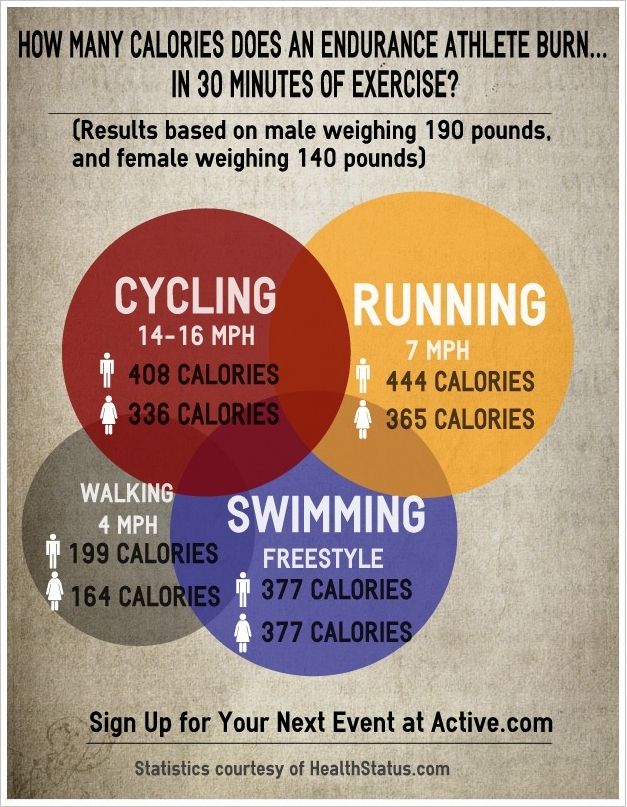 It's no wonder that ballerinas and ballerinas are so slender (or maybe they don't take others as astronauts ..:))
It's no wonder that ballerinas and ballerinas are so slender (or maybe they don't take others as astronauts ..:))
Find out: How many calories do you burn swimming? How many calories are burned in crawl swimming or diving?
It is also interesting that ballroom dancing burns calories very little compared to the same disco, normal aerobics and ballet: so a dancer with a body weight of 60 kg consumes 239 kilocalories per hour, while active disco consumes 348 calories at the same time.
To find out how many calories are you spend at the disco, answer yourself the question - how do you like to dance and choose between Disco dances, modern dances and Latin ballrooms.
So how many calories are spent on aerobics, steps or discos:
| Forms of dance classes and physical exercises | Caloria, Kcal/hour, at | 9013 90 kg 90 kg 90 kg 90 kg 90 kg 90 kg 90 kg 90 kg 90 kg 90 kg 90 kg 90 kg 90 kg 90 kg 90 kg kg | 60 kg | 50 kg | |
Do you want to lose weight? Top up on cardio. And then everyone imagines the hell of a treadmill or an endless circle in the stadium near the house. But what if we tell you that you can lose calories, get high on your favorite tracks and pump your body and heart in an unusual format of cardio training? And this is not even about innovative simulators, popular cycling or a banal jump rope. We are talking about dancing!
As part of our editorial experiment, we went to dance training at New York Dance Studio
, armed with special sensors and Suunto smartwatches. The purpose of our experiment was to find out how many calories can be burned during a regular dance workout at the "Beginner" level. The results exceeded all expectations, but more on that later.
For reference:
we understand that the individual calculation of calories burned during training directly depends on the parameters of your body: height, weight, etc.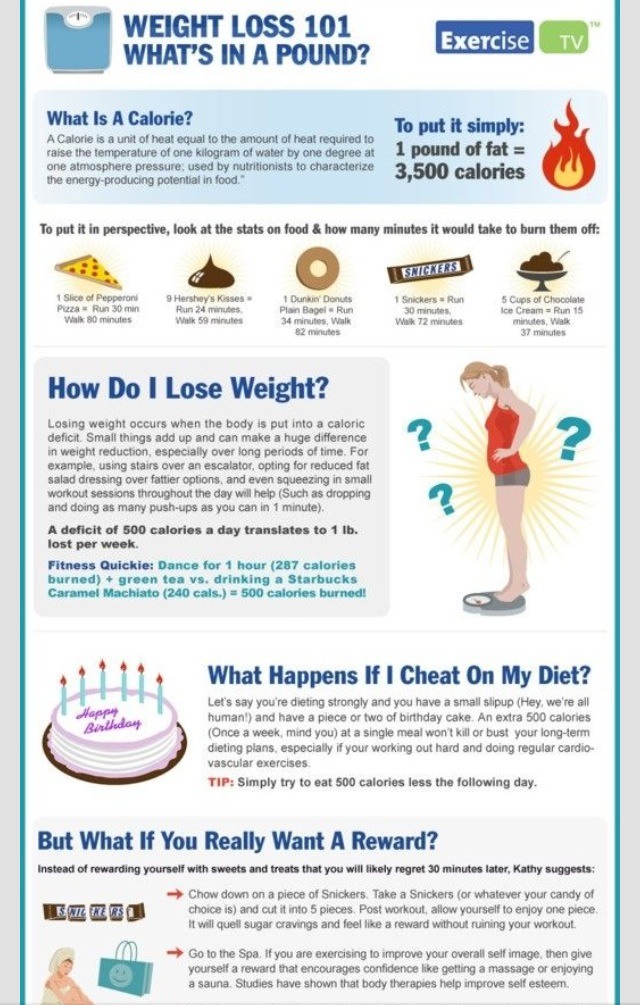 Therefore, all data below is individual and may not be accurate. But these figures can be taken as an average, if you do not plan to feel sorry for yourself and be lazy in training, and the coach expects to squeeze the maximum out of you.
Therefore, all data below is individual and may not be accurate. But these figures can be taken as an average, if you do not plan to feel sorry for yourself and be lazy in training, and the coach expects to squeeze the maximum out of you.
During the experiment, we attended two training sessions in the areas of "Hip Hop" and "House". Compare the data and try to understand what is right for you.
hip-hop: we squeeze the maximum under bit
Duration of class:
1 hour
Level:
beginner
Lecturer:
Michelle Beatz (Mikhail Nikiforov)
Self-reference: Hop is a dance direction that has absorbed African American street philosophy, elements of funk, pop, break and jazz. It originated at the end of the last century as a dance of the inhabitants of poor American neighborhoods. But what came out of it - expression, passion, creativity, freedom and emotions - went far beyond street battles.
The training itself was quite varied and was divided into blocks: warm-up, study-repetition of individual basic elements that make up the dance, memorization of choreography through the combination of various elements (ligaments).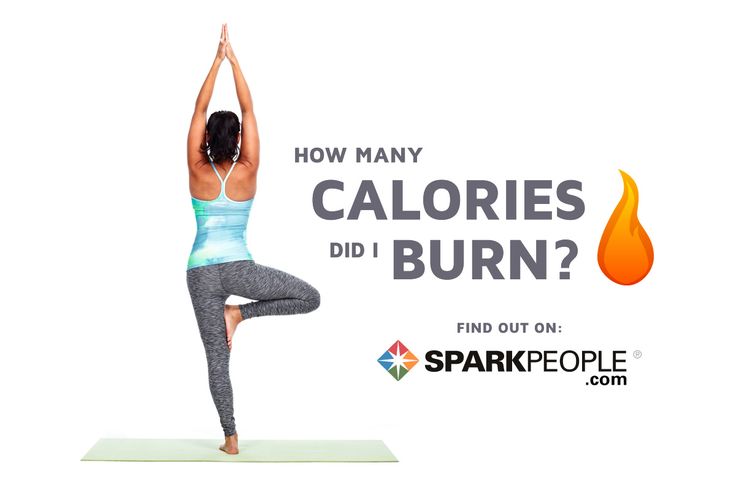 It was hot and difficult from the fact that the brain fought with the body. It was important not only to perform the element correctly, but also to remember its place in the combination, to follow the technique and attention ... to relax. Yes, yes, with all this, it was still necessary to relax, trust the music and start enjoying the process. But the results were worth it.
It was hot and difficult from the fact that the brain fought with the body. It was important not only to perform the element correctly, but also to remember its place in the combination, to follow the technique and attention ... to relax. Yes, yes, with all this, it was still necessary to relax, trust the music and start enjoying the process. But the results were worth it.
As a result, thanks to my meticulousness (often repeating elements and a little grimace under the beat in front of the mirror), in one training session I walked as many steps as I walk daily from the subway to the house (there are 3517 of them).
Minimum pulse:
89
Maximum pulse (peak):
137 3517
The number of burned calories:
410 kcal
Training intensity:
6/10 9000 9000 9000 9000 9000 9000 9000 6/10 9000 9000 6/10 9000 9000 6/10 9000 6/10 calories
Lesson Duration:
1 hour
Level:
beginner
Lecturer:
Kerry (Karina Muslimova)
Brief certificate: 9000
House - dancing dance from the same name Chicago in the early 80s. Interestingly, the name of the style comes from the Warehouse club, where DJs started playing house music. What is in the music is reflected in the dance - it's high speed, rhythm, drive. Wide, energetic movements are performed to short slowing down and then accelerating fragments of house.
Interestingly, the name of the style comes from the Warehouse club, where DJs started playing house music. What is in the music is reflected in the dance - it's high speed, rhythm, drive. Wide, energetic movements are performed to short slowing down and then accelerating fragments of house.
House is legs, legs and more legs. And when the coach says: “Let's connect our hands, swing to the beat and make a turn,” the brain explodes. But the most amazing thing about this is that our body is much smarter than we are, and perceives a lot on some intuitive level. Therefore, after a few repetitions, I began to automatically (bingo) perform a bunch. And honestly, I’ll tell you, this is a real thrill when you just start moving on the same wavelength with the beat and sounds without any extra stress. It's like dancing in a disco, but without improvisation, but with clear preparations. All in all, a definite recommendation from me.
Important:
do not skip the warm-up. This is necessary in order not to get a ridiculous and unnecessary injury. And in dance, this is a great way to hone the technique of the basic elements that are used in drawing up connections and choreography.
This is necessary in order not to get a ridiculous and unnecessary injury. And in dance, this is a great way to hone the technique of the basic elements that are used in drawing up connections and choreography.
The readings of the gadgets surprised me: by the number of steps taken, the house even interrupted my way from the subway to the subway. For a workout, I found and jumped about 4120. That's how you go to two workouts, and the norm for the day is ready.
Minimum pulse:
97
Maximum pulse (peak):
151
The number of steps passed during:
4120
90 /10
Instead of a conclusion
If you still have not decided on what principle to choose a dance direction, choose what you like. Browse your playlist and see what kind of music makes you dance in front of the mirror or energizes you before the work day. You can burn 300 kcal in half an hour of the hated (for me personally) crossfit, or you can not notice how two hours have passed, honing the elements and ligaments near the mirror.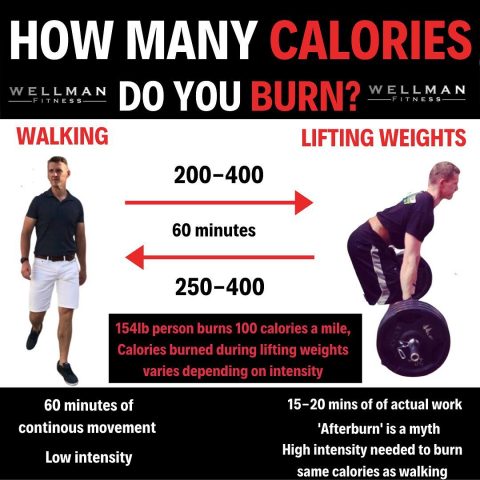
Editor's opinion:
The main advantage of dancing is that it is simply impossible to think about something superfluous during training. I thought about the perishability of life or the routine at work - I missed a couple of the coach's recommendations and already got out of rhythm. Therefore, if you want to dance cool, at the master class you will have to turn off your head and join the process. Here is such a budgetary motivation - cheaper than a session of a psychotherapist, you will also burn calories.
You can learn more about dance directions, schedule and levels.
Any activity that increases your heart rate helps burn calories, which is why dance is a great way to get rid of excess body fat. The calories burned by dancing can vary greatly depending on which muscle groups are used during the movement of the body. The longer people dance, and even with pleasure, the higher the chances of burning fat and building a muscular corset. This is especially interesting for the category of people who are trying to keep their weight and body volume within the given limits, or are starting to think about it.
There are quite a few styles from which you can choose the one that suits you: belly dance, ballroom styles, swing, ballet, salsa, hip-hop, breakdance, tap, vogue, lambada. These and many others can be found in financial centers, special dance schools on Vernadsky or Lenin Avenue, in Moscow or Chelyabinsk, in a big or small town. If you know how to study on your own, TV or Internet video tutorials will help.
Calories burned
A dance session (about 30 minutes) can burn between 105 and 620 calories. The result is influenced by many factors, such as
The number of calories spent on a dance or class can be increased if:
- Practice in a good mood, enjoying the dance, freely performing all movements, without constraint and tightness.
- If arm movements are expected, perform them with maximum opening, this will allow more muscles to be involved in the work.
- Take big steps, move more and move up and down as much as the dance steps allow.
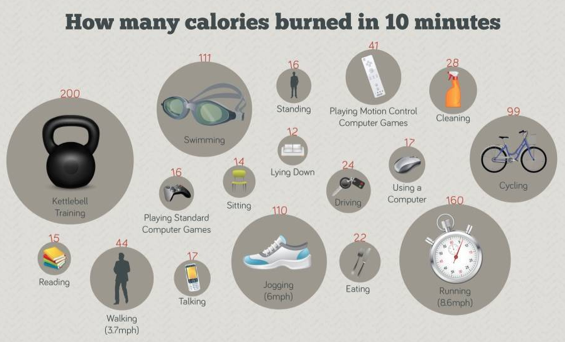 Try to feel your muscles in your thighs and buttocks.
Try to feel your muscles in your thighs and buttocks. - Keep your whole body in good shape without forgetting your posture.
- Perform all movements with full force, but comfortably.
And of course, to achieve a result, it is not enough to just dance at a corporate party two or three times a year. Regularity is needed, which implies at least two full-fledged classes per week. And in order not to gain the calories spent immediately, it is recommended to refrain from eating an hour before and after training. However, food is a completely different story.
To have a slender figure, it is not enough just to go on a diet, because without physical activity, the accumulated calories are consumed very slowly and inefficiently. The calorie burning table for various physical activities will help you to coordinate when choosing what is best to do.
An active lifestyle helps the body get rid of excess calories in a short time, which means it makes it possible to lose weight quickly. In this article, we will tell you what burns calories best and how to quickly lose weight without resorting to debilitating diets. And you can control the energy consumption and the work of the body with the help of special fitness bracelets with a heart rate monitor and an alarm clock.
In this article, we will tell you what burns calories best and how to quickly lose weight without resorting to debilitating diets. And you can control the energy consumption and the work of the body with the help of special fitness bracelets with a heart rate monitor and an alarm clock.
How many calories does each style burn?
Psychologists say dancing is one of the best weight loss methods!
Everything is simple here: more activity - more calories burned, a bonus - a lot of positive emotions. A positive attitude in the process of weight loss is very important.
And so, our selection of the 10 most popular dance styles:
1) Ballet - 700-750 kcal / hour
For training, performing classical steps, you can burn about 750 kcal. And in order to look graceful, the trainer will also recommend reducing daily calories to a minimum.
2) Hip-Hop - up to 750 kcal/hour
The main elements and techniques of this style are: body swing, jumps, falls, rotations and light acrobatic movements.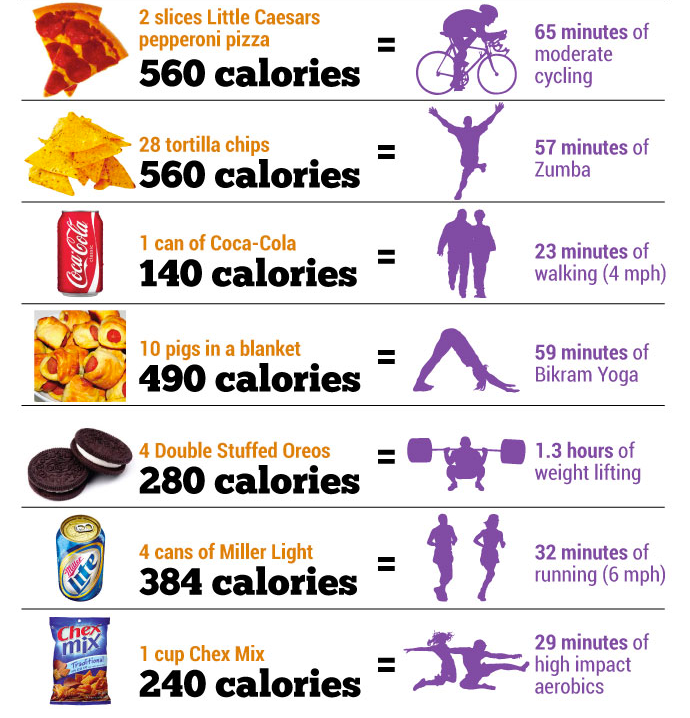
3) Reggaeton - up to 700 kcal/hour
Sharp movements involve all muscles, high-quality cardio load strengthens the heart muscle and "accelerates" the blood. During the dance, the legs, hips and buttocks are strengthened, giving the forms a piquant roundness;
4) Jazz-modern - up to 650 kcal/hour
This "mixture" of elements of classical ballet, ballroom dancing, tap, break and other styles is attractive because it heavily loads almost all muscle groups, and this is extremely important in the process weight loss;
5) Zumba - 525 kcal/hour
Zumba is a dance fitness program that combines fitness exercises and movements from Latin American dances.
6) Pole dance (plastic strip) 500 kcal/hour
Combines cardio, stretching and strength training at the same time. Almost all muscle groups are involved. The main load falls on the legs, stomach, back and buttocks.
7) Twerk - 500 kcal/hour
Twerk is a very erotic dance whose roots can be found in American southern rap. The dance actively works out the legs and hips, and also increases the density of the tissues of the pelvic bone, which helps to avoid osteoporosis.
8) Latina — 450-500 kcal/hour
Latina is a common name for many areas of Latin American dances, such as mamba, bachata, jive, rumba, cha-cha-cha and others.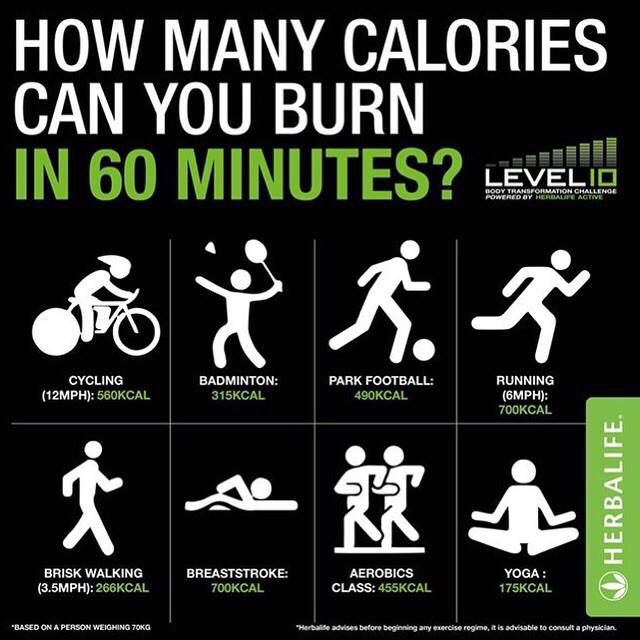 All of them are united by the fact that the dance is based on energetic movements that actively help fight excess weight.
All of them are united by the fact that the dance is based on energetic movements that actively help fight excess weight.
9) Belly dance or oriental dances - 300-400 kcal/hour
Perhaps this is the most feminine dance of all possible fitness areas and, at the same time, the most uncomplicated in terms of choreography. It is difficult to overestimate the benefits of oriental dances, especially for women: while doing belly dancing, you actively shake your hips, as a result of which blood circulation increases in the pelvic organs. This helps to restore the functioning of the ovaries, and also has a beneficial effect on the uterine mucosa. With the help of oriental dance, spasms during the menstrual cycle are reduced.
10) Contemporary - up to 400 kcal/hour
Contempo is a dance direction, consisting of many different techniques and styles.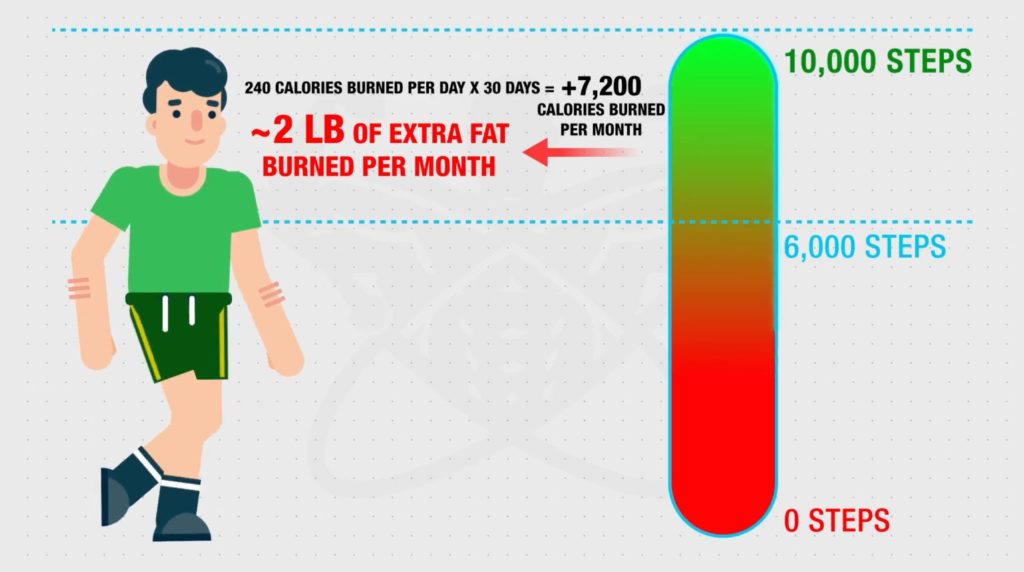
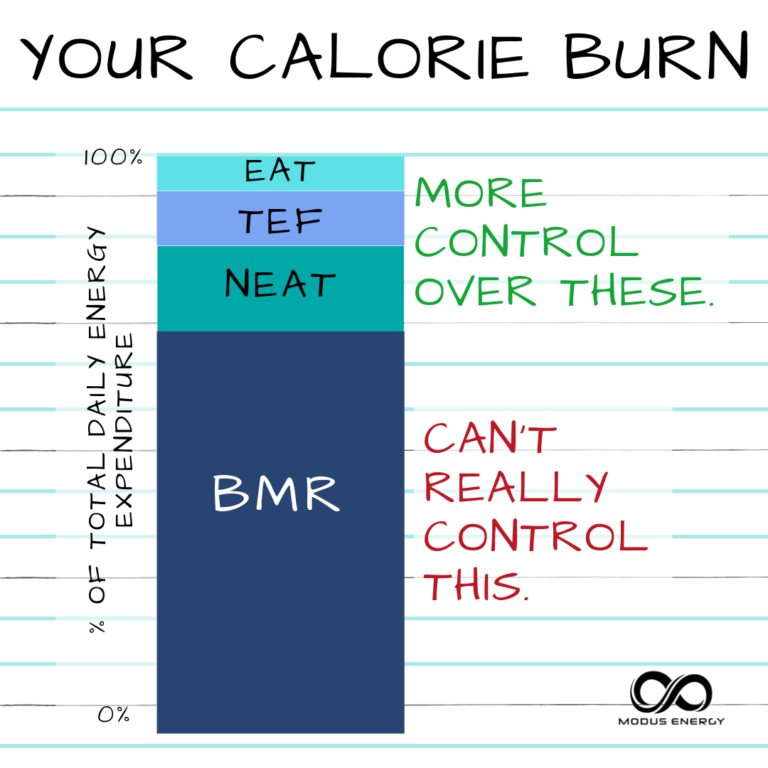 You should also adjust your diet, give up high-calorie fats, and striving to be deposited on your waist. Eat protein foods 2 hours before class: cottage cheese, chicken or turkey fillet, for example. Drink more water during your workout. But you shouldn’t eat for another 2 hours after dancing.
You should also adjust your diet, give up high-calorie fats, and striving to be deposited on your waist. Eat protein foods 2 hours before class: cottage cheese, chicken or turkey fillet, for example. Drink more water during your workout. But you shouldn’t eat for another 2 hours after dancing. 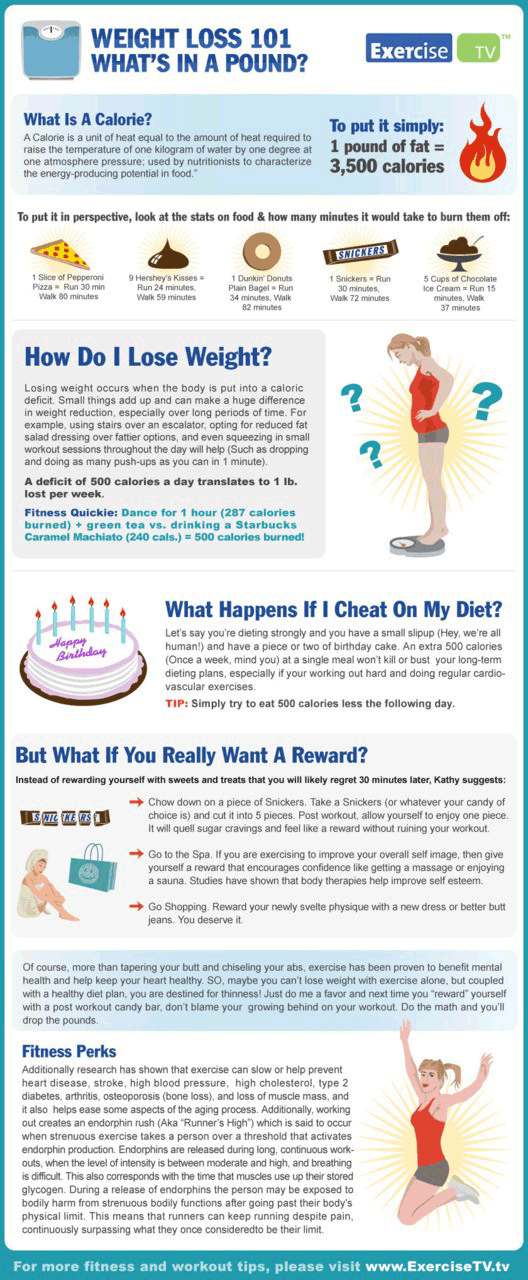 Classes include all types of load: power, aerobic, stretching, elements of acrobatics. Pole dance is not a striptease, as many people think, but only its imitation. The main emphasis here is on the technique of execution, and it is worth noting that it is not easy.
Classes include all types of load: power, aerobic, stretching, elements of acrobatics. Pole dance is not a striptease, as many people think, but only its imitation. The main emphasis here is on the technique of execution, and it is worth noting that it is not easy. 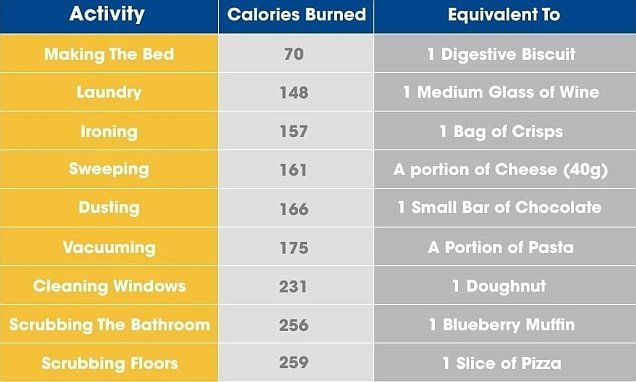 This is the perfect dance for those who want to really pump up their legs. Relief, tightened, slender hips, calves, buttocks - this is the main result of Irish step classes. In addition, this type of dance helps to pump up the press, correct posture, develop the respiratory system and strengthen the heart muscle. The dance is very rhythmic, which means that at each workout you will have to sweat a lot, but, as you know, not only harmful substances, but also extra pounds go away with sweat.
This is the perfect dance for those who want to really pump up their legs. Relief, tightened, slender hips, calves, buttocks - this is the main result of Irish step classes. In addition, this type of dance helps to pump up the press, correct posture, develop the respiratory system and strengthen the heart muscle. The dance is very rhythmic, which means that at each workout you will have to sweat a lot, but, as you know, not only harmful substances, but also extra pounds go away with sweat. 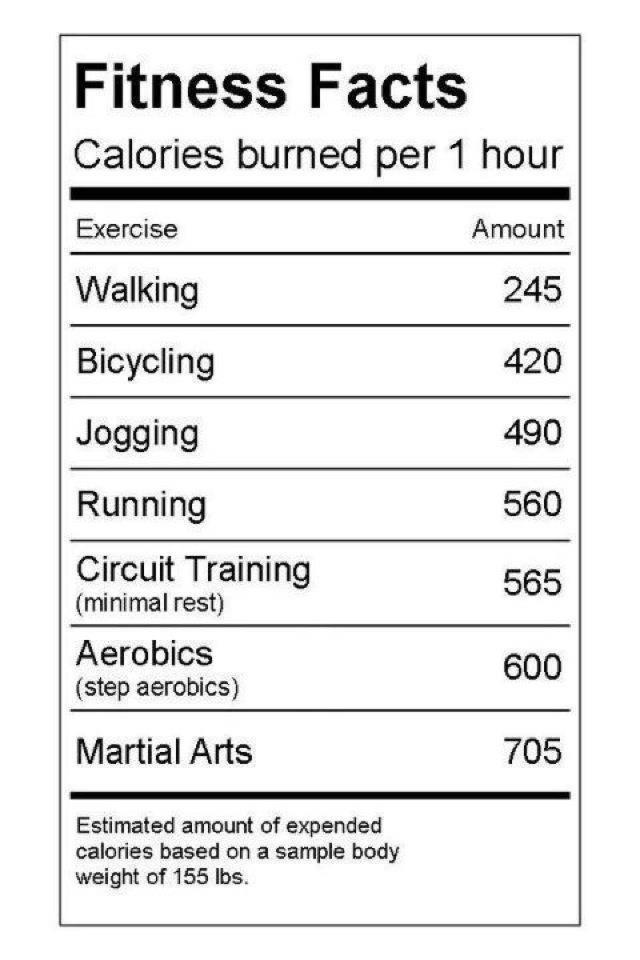
 It will be difficult for a beginner to join a group if it is not for absolute beginners. The music used is modern, often romantic hits.
It will be difficult for a beginner to join a group if it is not for absolute beginners. The music used is modern, often romantic hits. 

